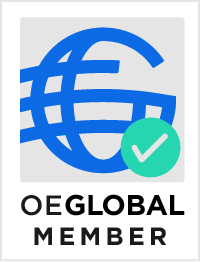
Open Learning



Open Learning provides wrap-around supports for faculty and staff with their open projects.
In this section, we will cover how you to use open educational practices in your classroom, including how to find, use, customize, and create open educational resources (OER).
There are a few key terms to understand when we're talking about OER.
Adopt: Using an OER "as-is", without the need for edits or other changes/updates. Learn more.
Adapt: Making minor or more substantial changes to OER so that it meets your learning outcomes. May include updating content for more compelling examples or to stay current with evolving knowledge, or combining and remixing more than one work together. The ability to adapt depends on the license restrictions of original OER. Learn more.
Create: Making a new OER from scratch. You might source material from your own experience, research, or other OER. Learn more.
We have developed a process for helping you determine how to incorporate OER in your teaching. making sense of the available OER that relate to your course or area of interest (adopt), aligning resources that aren't exactly what you're looking for (adapt), and developing new ones to fill gaps in knowledge (create).
Start simple! Consider adding some open interactive elements from eCampusOntario's H5P Studio into a course, or look for an open textbook. Take a look at existing resources for an open textbook. There may be one that meets your needs without much tinkering required.
If not, then consider adapting or creating an open textbook.
Adaptation or adoption of OER will almost always be more efficient than creating teaching materials from scratch. The number, variety, and quality of OER available freely is such that any educator should be able to find resources they can readily put to use within their classrooms.